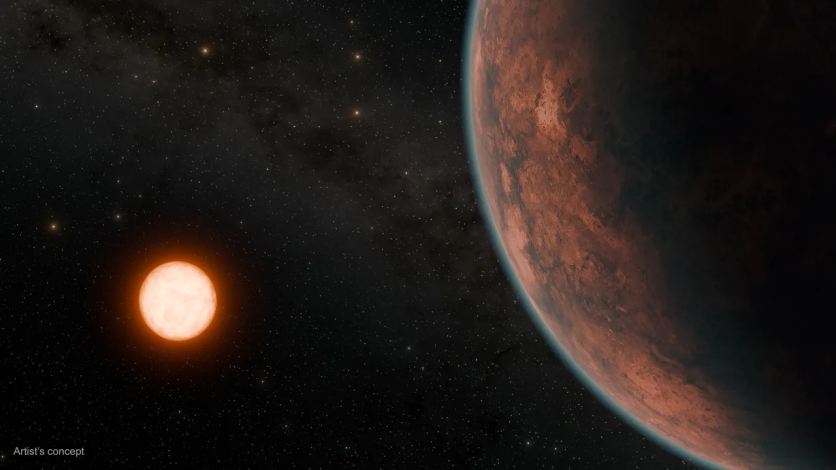NASA's Transiting Exoplanet Survey Satellite (TESS) has made a fascinating discovery, locating a new exoplanet that falls in size between Earth and Venus. This finding has piqued the interest of astronomers, as it could be further explored using NASA's James Webb Space Telescope.
NASA Tess Finds Closest Temperate, Earth-Size Exoplanet
Masayuki Kuzuhara, a project assistant professor at the Astrobiology Center in Tokyo, who, alongside Akihiko Fukui from the University of Tokyo, led one of the research teams, noted that they have found "the nearest, transiting, temperate, Earth-size world located to date."
Kuzuhara compared the exoplanet to Venus, suggesting it is similar in size and solar energy to our neighboring planet within the solar system. Utilizing observations from TESS and various other observatories, two international teams of astronomers have pinpointed a planet roughly the size of Earth or slightly smaller.
Named Gliese 12 b, this exoplanet orbits a cool red dwarf star located nearly 40 light-years away from Earth in the constellation Pisces. It also has an orbital period of 12.8 days and resides within a distance comparable to 7% of the Earth-Sun gap.
Despite its proximity to its host star, Gliese 12 b is not too dissimilar in size from Earth or Venus. Without an atmosphere, its surface temperature is estimated to be around 107 degrees Fahrenheit (42 degrees Celsius).
Astronomers view it as an exo-Venus, owing to its size and the amount of energy it receives from its star, which resembles Venus in our solar system. According to NASA, red dwarf stars like Gliese 12 are particularly promising targets for discovering Earth-sized planets.
Their smaller size and mass make them more conducive to detecting the subtle dimming caused by transits and the gravitational wobble induced by orbiting planets. Additionally, their habitable zones, where liquid water could exist, are closer to them, making detecting planets within these zones easier.
Read Also : NASA Discovers Unlikely Large Planet That Should Have Been Destroyed by Its Orbiting Star

Earth-Size Exoplanets Orbiting Cool Stars
Shishir Dholakia, a doctoral candidate at the Centre for Astrophysics at the University of Southern Queensland in Australia, who co-led a separate research team with Larissa Palethorpe from the University of Edinburgh and University College London, noted that the planet offers a unique opportunity to investigate the ability of Earth-size planets orbiting cool stars to maintain their atmospheres.
By analyzing the atmospheric composition of this planet, scientists hope to gain insights into the evolutionary pathways of planetary atmospheres and their potential for supporting life.
While red dwarf stars are known for their magnetic activity, Gliese 12 appears relatively calm, with no signs of extreme behavior. According to NASA, this makes it an ideal candidate for studying exoplanetary atmospheres.
"We know of only a handful of temperate planets similar to Earth that are both close enough to us and meet other criteria needed for this kind of study, called transmission spectroscopy, using current facilities," Michael McElwain, a research astrophysicist at NASA's Goddard Space Flight Center in Greenbelt, said in a statement.
"To better understand the diversity of atmospheres and evolutionary outcomes for these planets, we need more examples like Gliese 12 b," he added.
Related Article : NASA's TESS Discovers New Hot, Bloated "Super-Neptune" Exoplanet

ⓒ 2025 TECHTIMES.com All rights reserved. Do not reproduce without permission.




